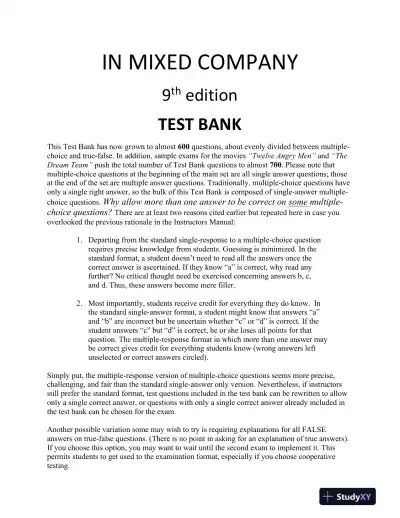Page 1

Loading page ...
In Mixed Company: Communicating in Small Groups 9th Edition Test Bank helps you prepare efficiently by breaking down difficult concepts into easy-to-understand sections.

Loading page ...
This document has 89 pages. Sign in to access the full document!